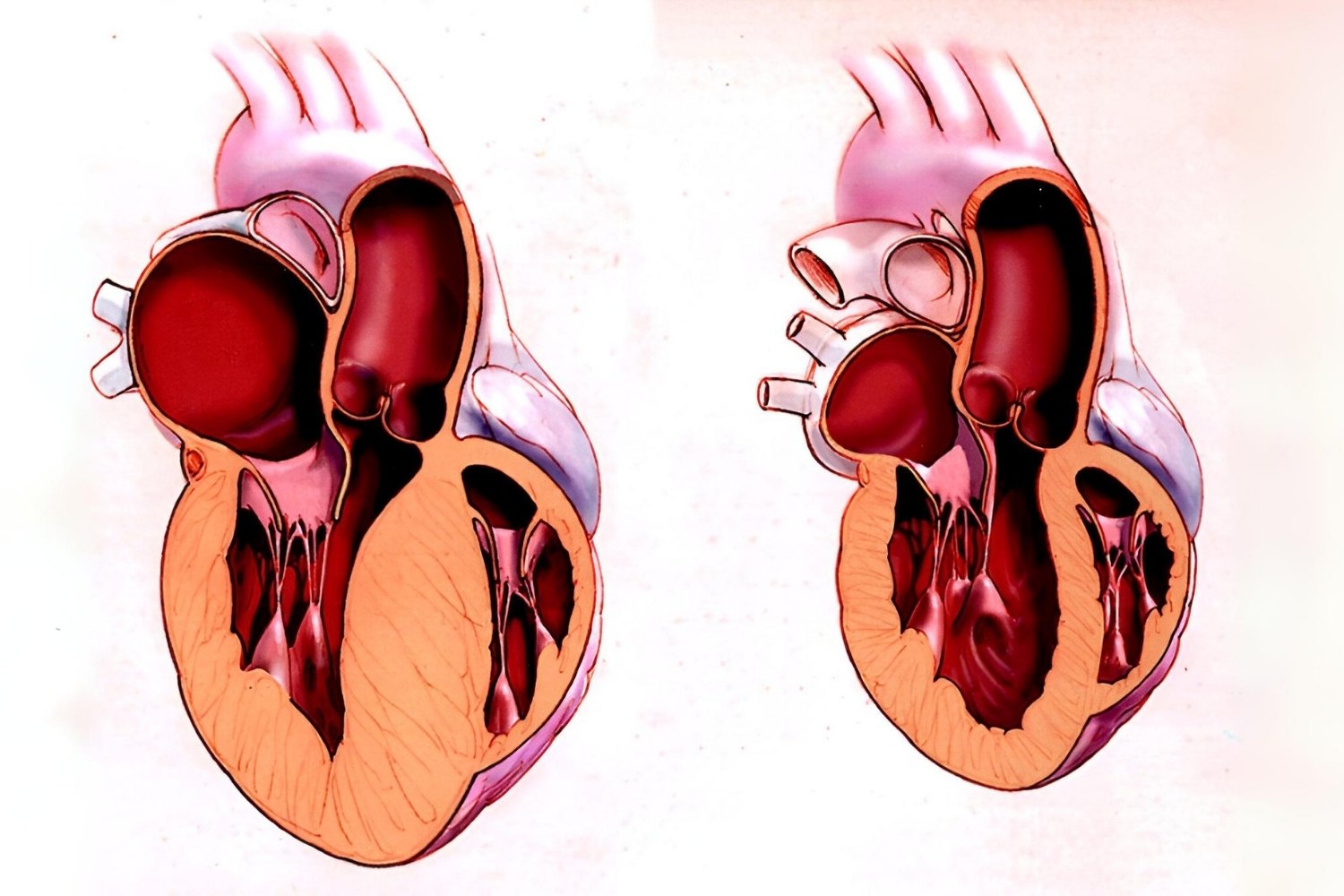
Obstructive Asymmetric Septal Hypertrophy (OASH) is a mouthful, but understanding it can be life-saving. This condition involves the thickening of the heart's septum, which can block blood flow. OASH often goes unnoticed until symptoms like shortness of breath, chest pain, or fainting spells appear. It's a genetic condition, meaning it can run in families. Diagnosing OASH usually requires an echocardiogram or MRI. Treatments range from medications to surgical procedures. Knowing the facts about OASH can help you recognize symptoms early and seek appropriate care. Let's dive into 25 crucial facts about this heart condition to keep you informed and prepared.
Key Takeaways:
- Obstructive Asymmetric Septal Hypertrophy (OASH) is a heart condition where the septum becomes thick, making it harder for the heart to pump blood. It can cause symptoms like shortness of breath and chest pain.
- OASH can be managed with lifestyle changes, medications, and sometimes surgery. Regular check-ups, moderated exercise, a heart-healthy diet, stress management, and avoiding alcohol and smoking are important for living with OASH.
What is Obstructive Asymmetric Septal Hypertrophy?
Obstructive Asymmetric Septal Hypertrophy (OASH) is a condition affecting the heart, specifically the septum, which is the wall dividing the left and right sides. This condition can lead to various complications and symptoms. Let's dive into some fascinating facts about OASH.
-
OASH is a type of hypertrophic cardiomyopathy: This means the heart muscle becomes abnormally thick, making it harder for the heart to pump blood.
-
The septum thickens unevenly: In OASH, the thickening occurs more on one side of the septum, leading to an asymmetric appearance.
-
It can obstruct blood flow: The thickened septum can block or reduce blood flow from the left ventricle to the aorta, causing symptoms like shortness of breath and chest pain.
Causes and Risk Factors
Understanding what leads to OASH can help in managing and preventing the condition. Here are some key causes and risk factors.
-
Genetic factors play a significant role: Many cases of OASH are inherited, meaning they run in families.
-
Mutations in specific genes: Changes in genes that control heart muscle proteins can lead to OASH.
-
It can develop at any age: While it often appears in adolescence or young adulthood, OASH can be diagnosed at any age.
-
Family history increases risk: Having a close relative with hypertrophic cardiomyopathy raises the likelihood of developing OASH.
Symptoms and Diagnosis
Recognizing the symptoms and getting a proper diagnosis are crucial for managing OASH effectively.
-
Shortness of breath is common: Many people with OASH experience difficulty breathing, especially during physical activity.
-
Chest pain may occur: This pain can mimic that of a heart attack, making it important to seek medical attention.
-
Fainting spells can happen: Reduced blood flow can lead to dizziness or fainting, particularly during exercise.
-
Heart palpitations are a symptom: Irregular heartbeats or a racing heart can be signs of OASH.
-
Echocardiograms are used for diagnosis: This imaging test helps visualize the thickened septum and assess blood flow.
-
Electrocardiograms (ECGs) detect abnormalities: ECGs can show irregular heart rhythms associated with OASH.
Treatment Options
Managing OASH often involves a combination of lifestyle changes, medications, and sometimes surgical procedures.
-
Beta-blockers are commonly prescribed: These medications help slow the heart rate and reduce symptoms.
-
Calcium channel blockers can be effective: They relax the heart muscle and improve blood flow.
-
Surgery may be necessary: Procedures like septal myectomy remove part of the thickened septum to improve blood flow.
-
Alcohol septal ablation is an option: This less invasive procedure uses alcohol to shrink the thickened septum.
-
Implantable cardioverter-defibrillators (ICDs) can be lifesaving: ICDs help prevent sudden cardiac death by correcting dangerous heart rhythms.
Lifestyle and Management
Living with OASH requires ongoing management and lifestyle adjustments to maintain heart health.
-
Regular check-ups are essential: Frequent visits to a cardiologist help monitor the condition and adjust treatments as needed.
-
Exercise should be moderated: While staying active is important, high-intensity sports may need to be avoided.
-
Diet plays a role: A heart-healthy diet low in salt and saturated fats can support overall cardiovascular health.
-
Stress management is crucial: Reducing stress through techniques like meditation and yoga can benefit heart health.
-
Avoiding alcohol and smoking is advised: Both can exacerbate heart problems and should be limited or avoided.
-
Family screening is important: Relatives of those with OASH should be screened for the condition, given its genetic nature.
-
Patient education empowers management: Understanding the condition and its treatments helps patients take an active role in their care.
Final Thoughts on Obstructive Asymmetric Septal Hypertrophy
Obstructive Asymmetric Septal Hypertrophy (OASH) is a serious heart condition that affects the septum, the wall separating the heart's chambers. Understanding its symptoms, causes, and treatments can help manage this condition better. Symptoms like shortness of breath, chest pain, and fainting spells shouldn't be ignored. Early diagnosis through echocardiograms and MRIs can make a huge difference. Treatments range from medications to surgical options like septal myectomy. Lifestyle changes, such as regular exercise and a heart-healthy diet, also play a crucial role in managing OASH. Always consult with a healthcare professional for personalized advice. Staying informed and proactive can significantly improve quality of life for those affected by this condition.
Frequently Asked Questions
Was this page helpful?
Our commitment to delivering trustworthy and engaging content is at the heart of what we do. Each fact on our site is contributed by real users like you, bringing a wealth of diverse insights and information. To ensure the highest standards of accuracy and reliability, our dedicated editors meticulously review each submission. This process guarantees that the facts we share are not only fascinating but also credible. Trust in our commitment to quality and authenticity as you explore and learn with us.
